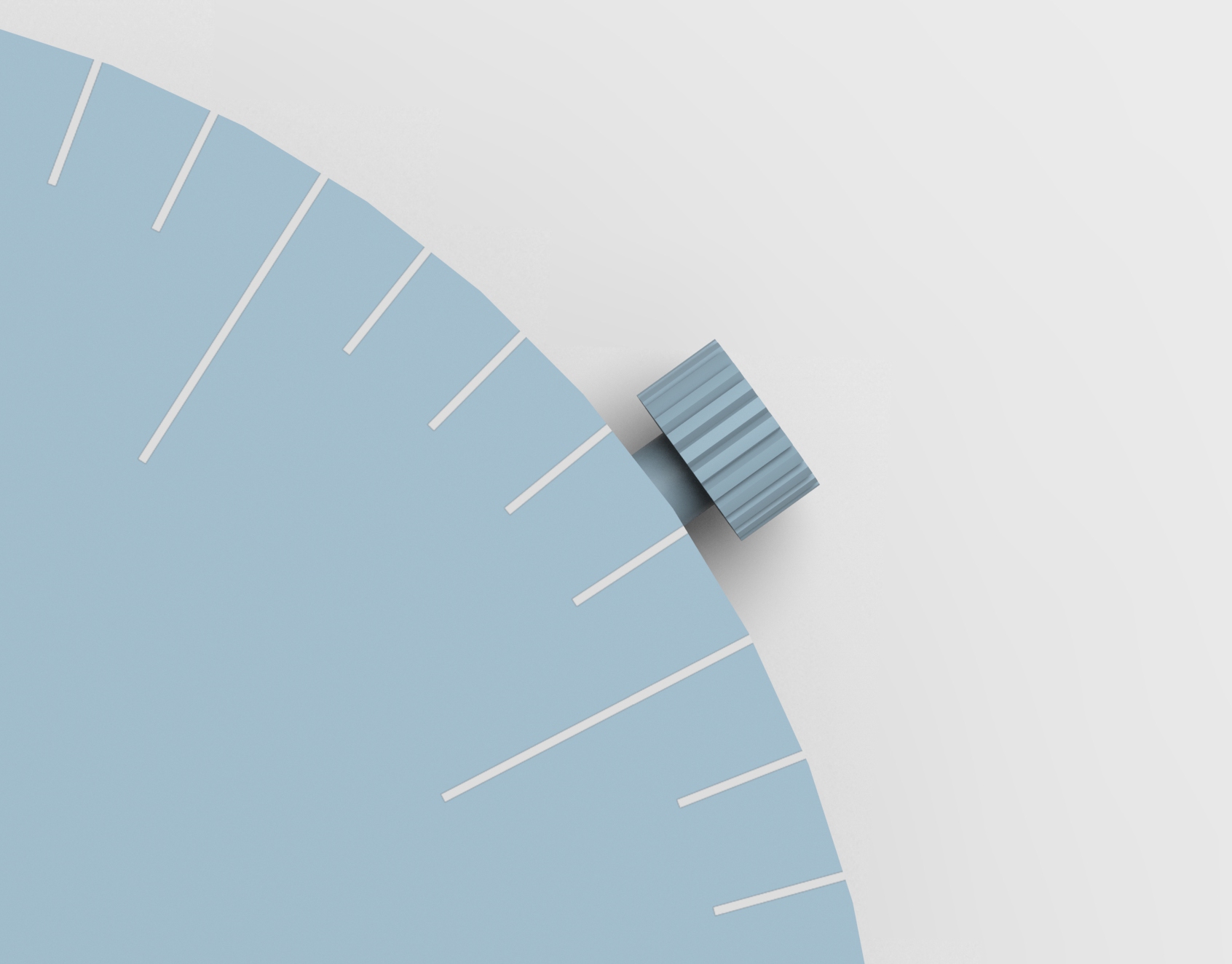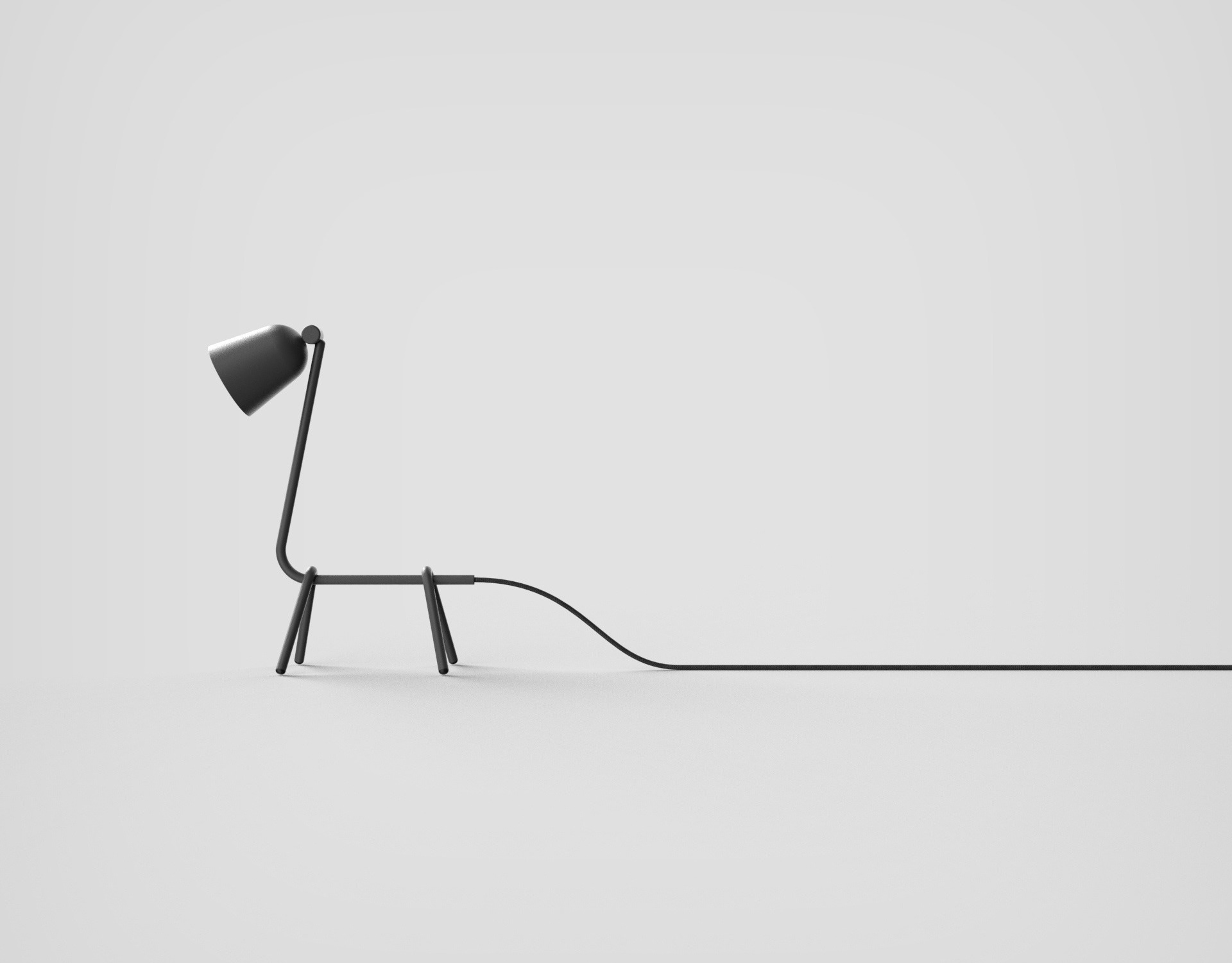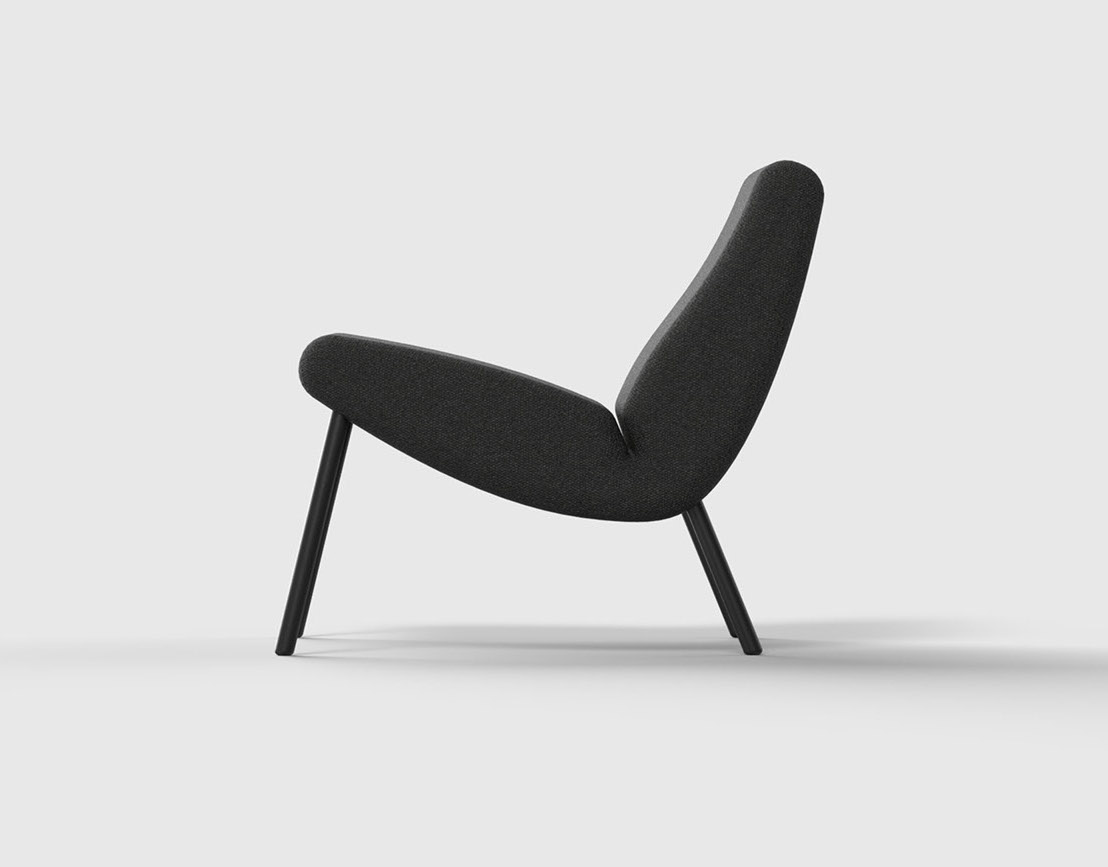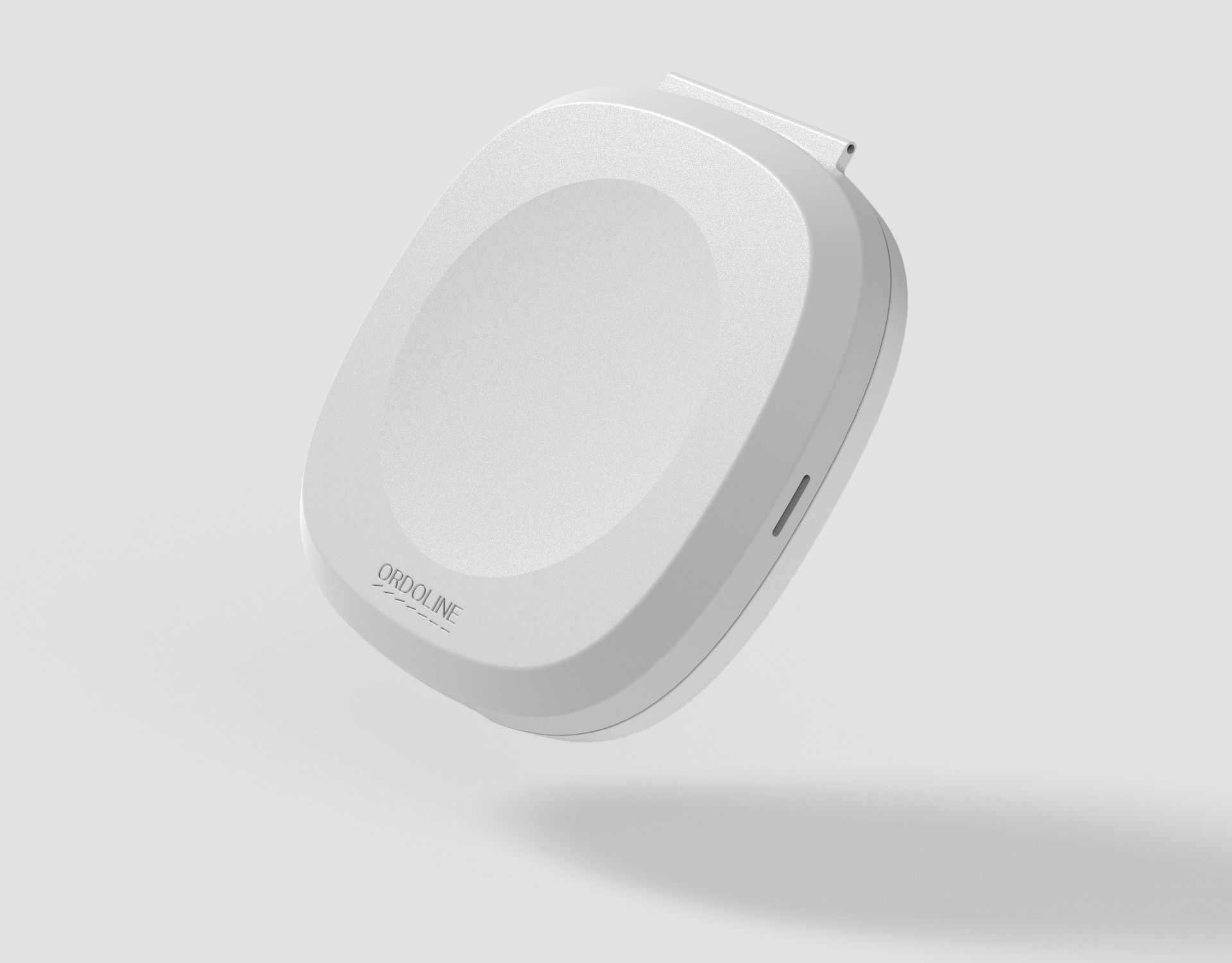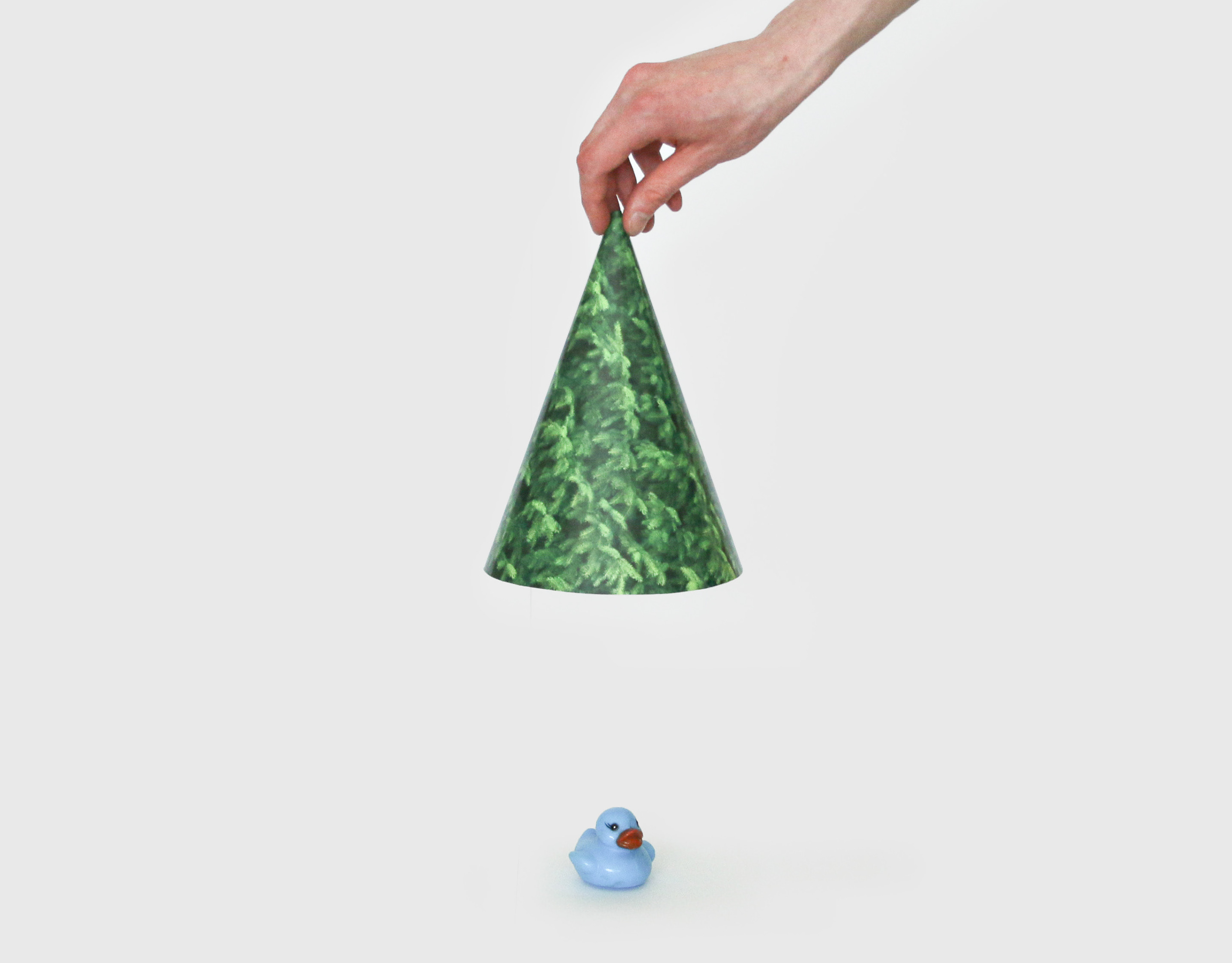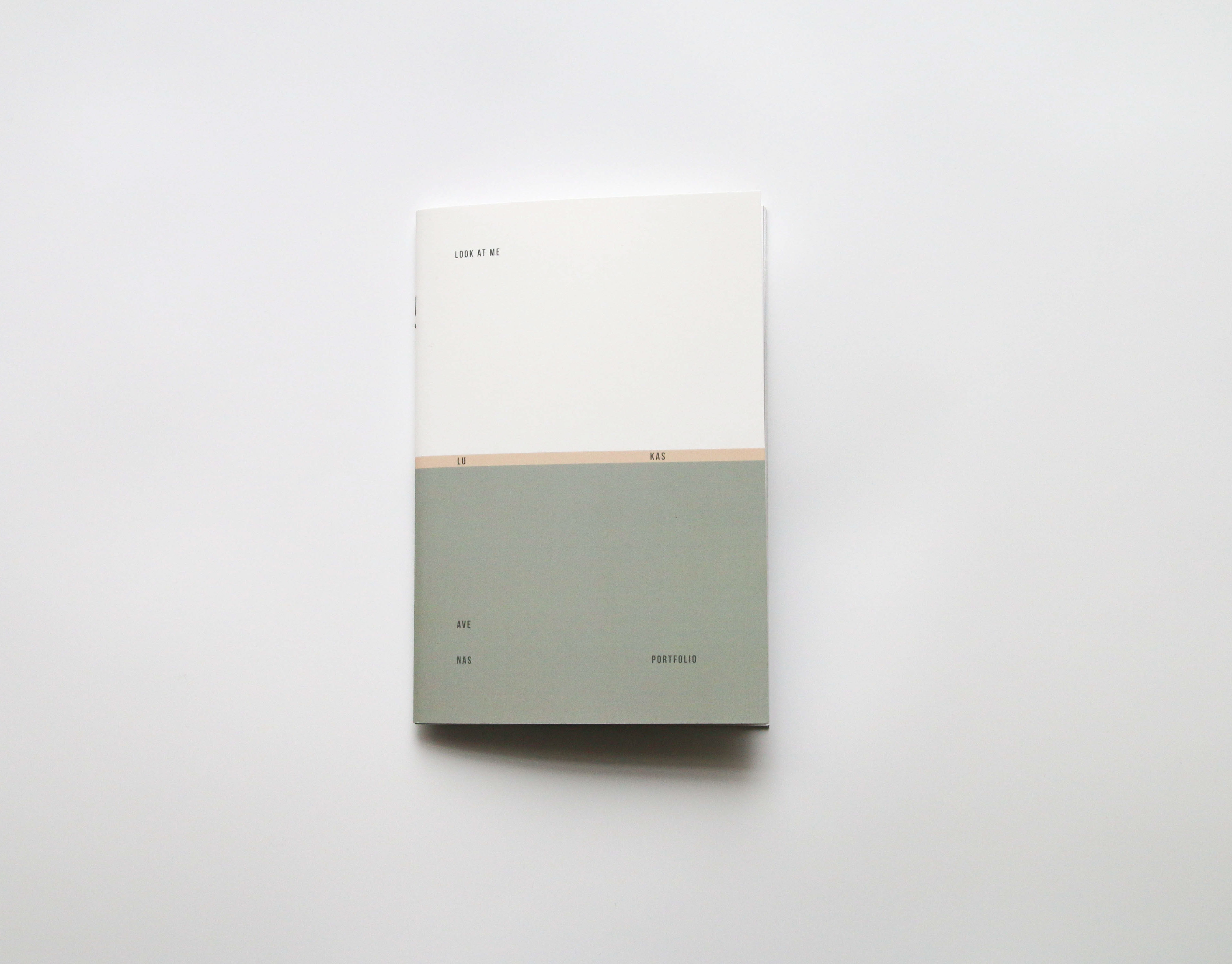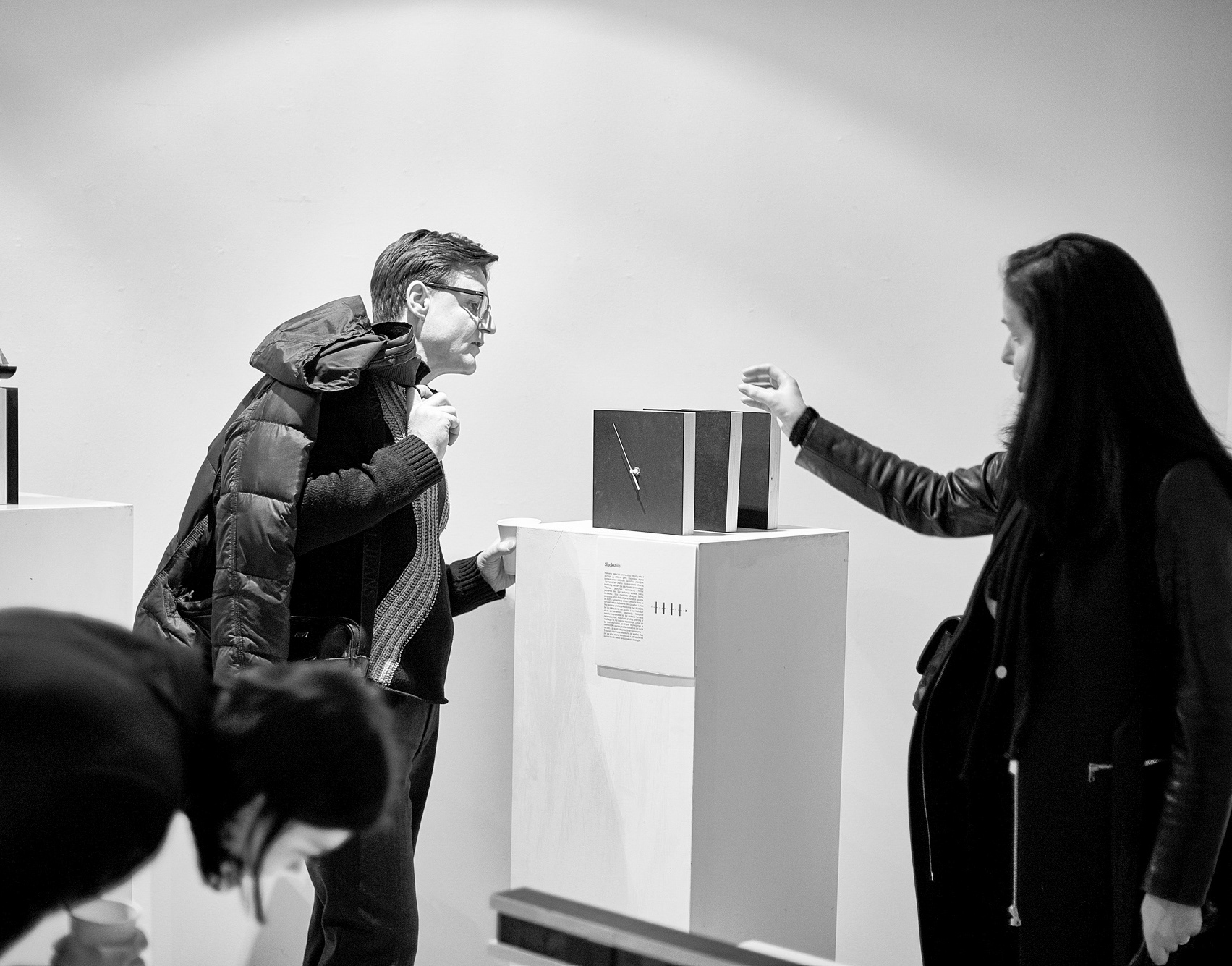Ako is a leaning inverse trike, which combines the best features of cars and motorcycles.
Although Inverse trikes have existed for quite some time now, Ako is unique in the way it was approached by designers and engineers. In all existing concepts we can see that authors have either taken a scooter and modified it to add more stability or removed one wheel from a car to make it more compact and intriguing.
Ako, on the other hand, was designed and egineered by sports bikes enthusiasts who are passionate about technology, speed and the experience of freedom created by pure mechanical controls.
Ako, on the other hand, was designed and egineered by sports bikes enthusiasts who are passionate about technology, speed and the experience of freedom created by pure mechanical controls.
The Idea was to create a completely mechanical system based on countersteering to preserve everything that's natural about bikes and especially leaning, which makes any manouver much more comfortable and at the same time exciting.
Leaning construction allows driver to take much more aggressive turns than when riding a regular motorcycle, because there is no danger of high side/low side. Even if driver somehow crashes the vehicle he/she is enclosed in a sturdy frame, which can save lives.
No matter how much authors enjoy motorcycles, there are undeniable drawbacks and practical issues, that can only be solved by having a roof above your head. Ako is also much smaller and much more exciting than any regular car.
No matter how much authors enjoy motorcycles, there are undeniable drawbacks and practical issues, that can only be solved by having a roof above your head. Ako is also much smaller and much more exciting than any regular car.
Ako began as a hobby of two engineers: Artūras mikalauskas and Lukas Bučiauskas. With the help of designboom They came into contact with the designer Lukas Avėnas, who was studying in Vilnius academy of arts and with the help of instructor Šarūnas Šlektavičius this became Lukas's graduation work. A few more team members have joined since then and the first physical prototype is currently under construction.
Interior. Most of important information would be projected on the glass.
AKO is much smaller than regular cars, but at the same time, stable on track and as fast as a sportsbike.
background image used with the permission of http://theretropenguin.com/
Important goal was to invoke a sense of freedom, adventure and bring back a very natural way of handling transport.
To clearly understand dimensions we made some rough models. They were indeed very helpful.
People from the workshop helped a lot in making this small kinetic model, which helped me explain the concept of this leaning vehicle.
Designer L. Avėnas, his professor Šarūnas Šlektavičius and Artūras Mikalauskas, creator and engineer of AKO (photo by Kipras Kublickas
One of early sketches drawn by Šarūnas šlektavičius.
I got a chance to use HTC vive for my presentation in university. Virtual model was aligned with a rough physical model, which was hanging from the ceiling and appeared to be floating. I was very passionate about this way of presenting, because I knew that I will have to show my work in quite a small indoors space and the physical model would appear big by contrast. When the viewer puts VR glasses on, he/she suddenly appears in a much bigger outdoors environment with trike in the center and can understand it's scale much better. Controllers also allowed to open and close doors, tilt the vehicle, control lights and use flashlight to inspect details.
This was the first project for me, where so many parts had be combined together and any slight change in any of them, mean complete redesign.
Although all main images show AKO trike with a petrol engine, we understand that there is an inevitable shift to make all transport electric. For this reason, The engine is completely exposed on the exterior of the vehicle and can be easily swapped for an electric one without changing much of the construction. Electric engines are slightly smaller, so the space that's left, plus the space under the driver, which is currently a fuel tank, would be filled with batteries.
Petrol engine is being used currently simply because we actually own one and are trying to construct a working mechanical model of a trike, based on it.
I was also awarded a main prize in product design of the "Young designer prize" contest.
Project received recognition in a number of local and international magazines.
Honestly, before this project, I did not know much about motorcycles, cars, or any other transport. I was obviously unqualified to do any of this and I had never worked as much as I did in those 3 months, ever before in my life, but I deeply believe that only the greatest challenges let us grow. They force you to make more and more rapid choices and look for ways to be much more efficient than you have ever been.
This project is not finished, but we are doing our best to build a real working prototype and if that goes well, look for some like-minded people and investors who could help us out.
Follow the progress here: https://www.facebook.com/akotrike/

